Formula Hg(SCN)2 Density 3.71 g/cm³ | Molar mass 316.79 g/mol Appearance White monoclinic powder | |
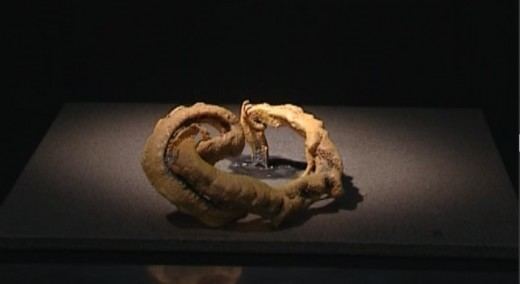 | ||
The strangest and weirdest chemical reaction in the world mercury ii thiocyanate hg scn 2
Mercury(II) thiocyanate (Hg(SCN)2) is an inorganic chemical compound, the coordination complex of Hg2+ and the thiocyanate anion. It is a white powder. It will produce a large, winding “snake” when ignited, an effect known as the Pharaoh's serpent.
Contents
- The strangest and weirdest chemical reaction in the world mercury ii thiocyanate hg scn 2
- Synthesis and structure
- Pharaohs serpent
- Uses
- Use in chloride analysis
- References

Synthesis and structure
The first synthesis of mercury thiocyanate was probably completed in 1821 by Jöns Jacob Berzelius:
HgO + 2 HSCN → Hg(SCN)2 + H2O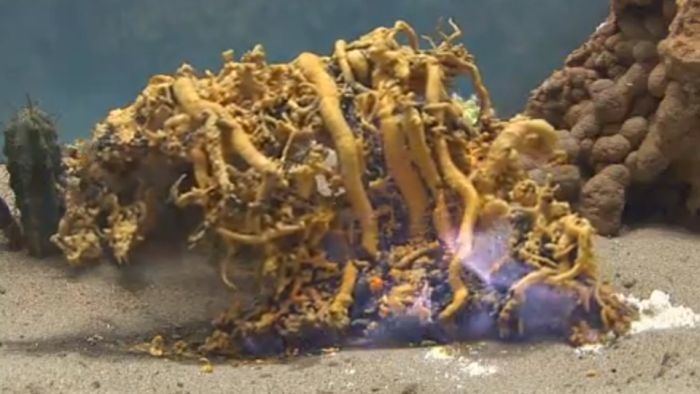
Evidence for the first pure sample was presented in 1866 prepared by a chemist named Otto Hermes. It is prepared by treating solutions containing mercury(II) and thiocyanate ions. The low solubility product of mercury thiocyanate causes it to precipitate from solution. Most syntheses are achieved by precipitation:
Hg(NO3)2 + 2 KSCN → Hg(SCN)2 + 2KNO3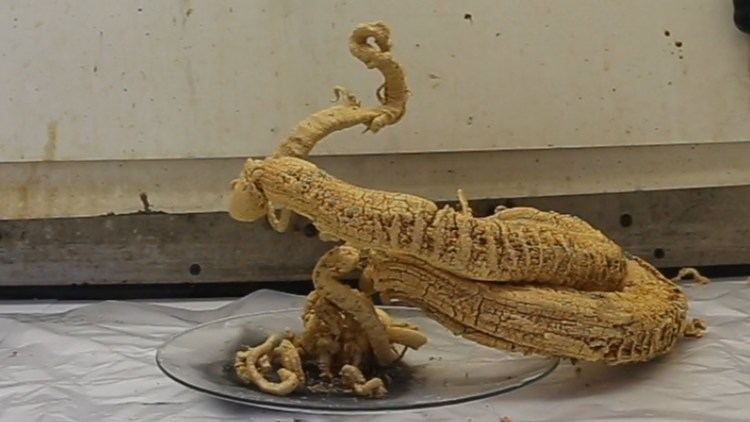
The compound adopts a polymeric structure with Hg2+ centers linearly coordinated to two S atoms with a distance of 2.381 Å. Four weak Hg2+--N interactions are indicated with distances of 2.81 Å.
Pharaoh's serpent
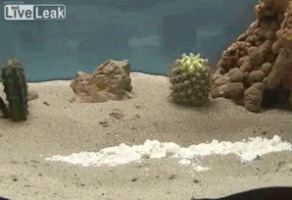
Mercury thiocyanate was formerly used in pyrotechnics causing an effect known as the Pharaoh's serpent or Pharaoh's snake. When the compound is in the presence of a strong enough heat source, a rapid exothermic reaction is started which produces a large mass of coiling serpent-like solid. An inconspicuous flame which is often blue but can also occur in yellow/orange accompanies the combustion. The resulting solid can range from dark graphite grey to light tan in color with the inside generally much darker than the outside.
The reaction has several stages as follows:
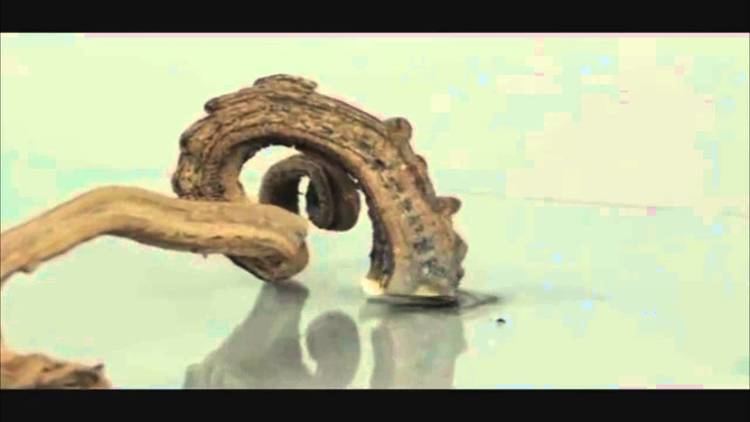
Igniting mercury thiocyanate causes it to form an insoluble brown mass that is primarily carbon nitride, C3N4. Mercury sulphide and carbon disulphide are also produced.
2Hg(SCN)2 → 2HgS + CS2 + C3N4
Carbon disulphide combusts to carbon dioxide and sulphur dioxide:
CS2 + 3O2 → CO2 + 2SO2
The heated C3N4 partially breaks down to form nitrogen gas and cyanogen:
2C3N4 → 3(CN)2 + N2

Mercury sulphide reacts with oxygen to form mercury vapour and sulphur dioxide. If the reaction is performed inside a container, a grey film of mercury coating on its inner surface can be observed.
HgS + O2 → Hg + SO2
This reaction was discovered by Wöhler in 1821, soon after the first synthesis of mercury thiocyanate: "winding out from itself at the same time worm-like processes, to many times its former bulk, a very light material the color of graphite...". For some time, a firework product called "Pharaoschlangen" was available to the public in Germany, but was eventually banned when the toxic properties of the product were discovered through the death of several children mistakenly eating the resulting solid.
A similar, although less extreme, effect to the Pharaoh's serpent can be achieved using a firework known as a black snake. These are generally benign products, usually consisting of sodium bicarbonate or a mixture of linseed oil and naphthalenes.
Uses
Mercury thiocyanate has a few uses in chemical synthesis. It is the precursor to potassium tris(thiocyanato)mercurate(II) (K[Hg(SCN)3]) and caesium tris(thiocyanato)mercurate(II) (Cs[Hg(SCN)3]). The Hg(SCN)3− ion can also exist independently and is easily generated from the compounds above, amongst others.
Its reactions with organic halides yield two products, one with the sulfur bound to the organic compound and one with the nitrogen bound to the organic compound.
Use in chloride analysis
It was discovered that mercury thiocyanate can improve detection limits in the determination of chloride ions in water by UV-visible spectroscopy. This technique was first suggested in 1952 and has been a common method for determination of chloride ions in laboratories worldwide ever since. An automated system was invented in 1964 and then a commercial chloroanalyzer was made available in 1974 by Technicon (Tarrytown, NY, USA). The basic mechanism involves the addition of mercury thiocyanate to a solution with unknown concentration of chloride ions and iron as a reagent. The chloride ions cause the mercury thiocyanate salt to dissociate and the thiocyanate ion to bind Fe(III), which absorbs intensely at 450 nm. This absorption allows for the measurement of concentration of the iron complex. This value allows one to calculate the concentration of chloride.
It can be used for determining the concentration of chloride ions in aqueous solution. Mercury thiocyanate without iron (III) is added to a solution with an unknown concentration of chloride ions, forming a complex of the mercury thiocyanate and chloride ion that absorbs light at a 254 nm, allowing more accurate measurements of concentration than the aforementioned technique using iron.
